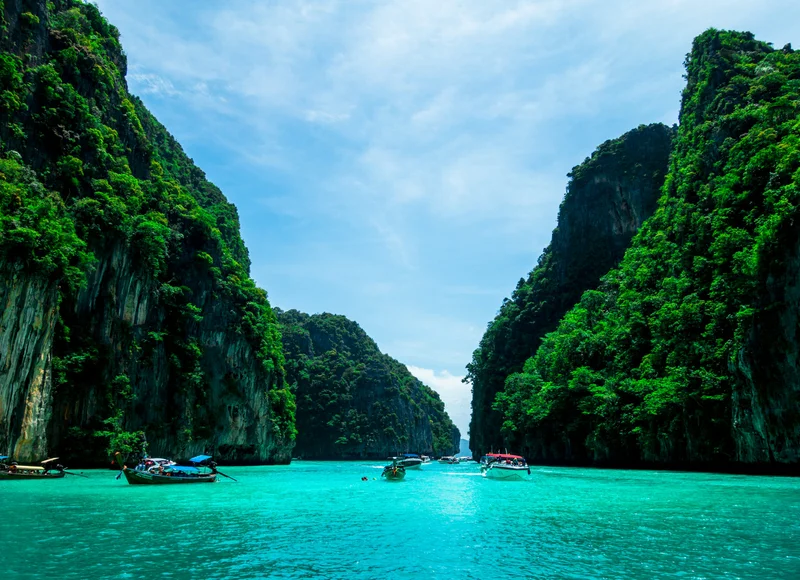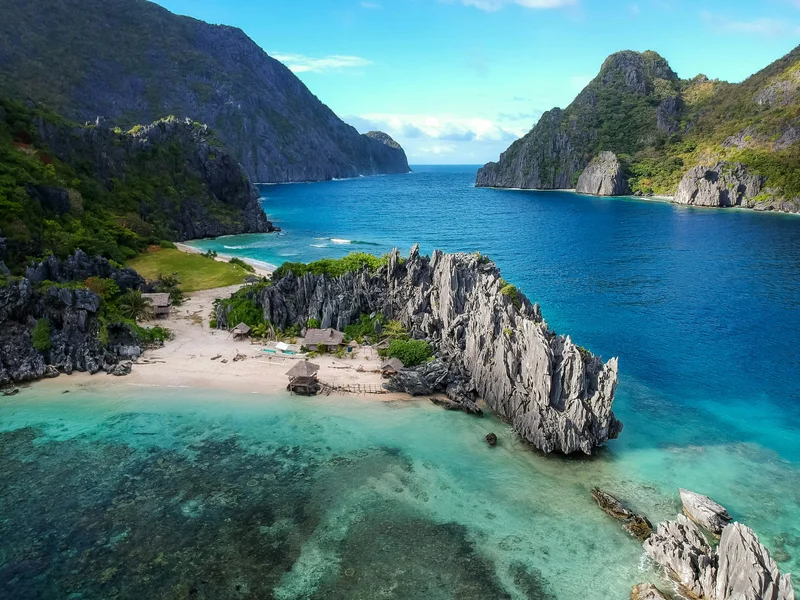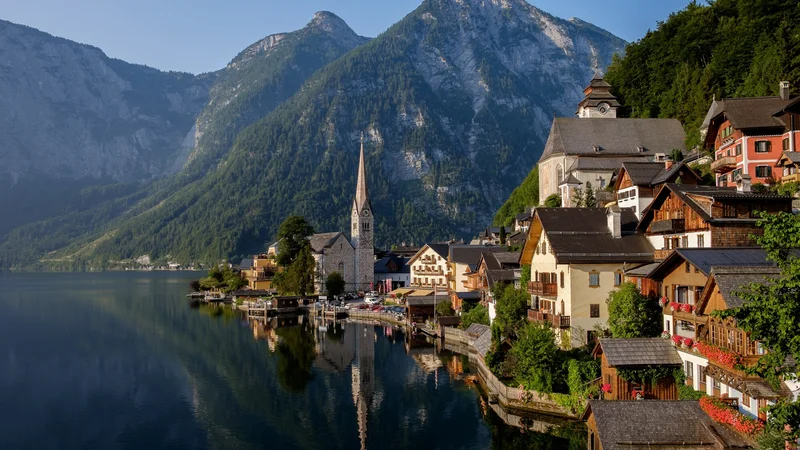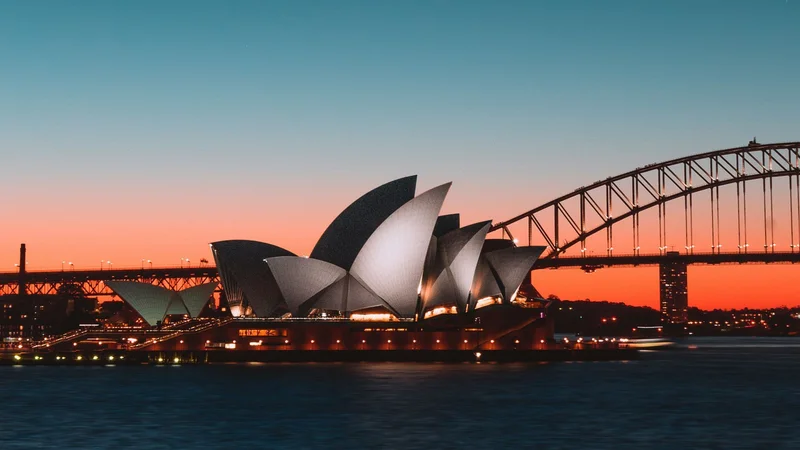Mumbai Metro Phase 3 to Boost Property Values in Western Suburbs

Mumbai Metro Phase 3, one of India's most ambitious urban infrastructure projects, is set to revolutionize connectivity in the western suburbs. Real estate experts predict significant property value appreciation along the corridor, with some areas expected to see 25-40% growth over the next three years.
Project Overview: Colaba to SEEPZ
The 33.5-kilometer underground metro line connecting Colaba to SEEPZ will feature 27 stations, making it one of the longest underground metro corridors in the country. The project, estimated at ₹32,000 crores, is expected to be operational by 2026.
Key Stations in Western Suburbs
- Andheri (East & West) - Major interchange hub
- Jogeshwari - Emerging residential hotspot
- Goregaon - IT corridor connection
- Malad - Growing commercial center
- Kandivali - Family residential zones
- Borivali - Established suburban center
- SEEPZ - IT and export hub terminus
Property Value Impact Analysis
Immediate Impact (2025-2026)
- 15-25% appreciation in station vicinity (500m radius)
- 10-15% growth in 1km catchment areas
- Increased rental yields by 2-3%
- Faster property sales velocity
Long-term Impact (2027-2030)
- 30-40% cumulative appreciation in key nodes
- Commercial development around stations
- Infrastructure upgrades and amenities
- Enhanced quality of life
Area-wise Analysis
Andheri: The Central Hub
Current Price
₹18,000/sq ft
Projected 2027
₹24,000/sq ft
Growth %
+33%
Investment Grade
A+
As a major interchange connecting multiple metro lines, Andheri is positioned to become the most valuable node on the western corridor.
Goregaon: IT Corridor Gateway
Current Price
₹15,500/sq ft
Projected 2027
₹20,500/sq ft
Growth %
+32%
Investment Grade
A
Direct connectivity to Nariman Point and BKC makes Goregaon highly attractive for IT professionals and young families.
Borivali: Suburban Value Play
Current Price
₹12,800/sq ft
Projected 2027
₹17,200/sq ft
Growth %
+34%
Investment Grade
A
Offering the best value proposition with proximity to Sanjay Gandhi National Park and improved connectivity to South Mumbai.
Investment Opportunities
Best Investment Strategies
- Short-term (1-2 years): Buy pre-construction properties near confirmed stations
- Medium-term (3-5 years): Focus on rental yields in catchment areas
- Long-term (5+ years): Commercial properties near major interchanges
- Budget investors: Consider areas like Malad and Kandivali for maximum upside
Infrastructure Development Impact
Beyond property appreciation, the metro line will catalyze comprehensive infrastructure development:
Commercial Development
- Metro malls and retail complexes
- Office spaces near stations
- Co-working and business centers
- Hospitality and service sectors
Social Infrastructure
- Schools and educational institutions
- Healthcare facilities
- Parks and recreational spaces
- Cultural and community centers
Challenges and Considerations
Potential Risks
- Construction delays and timeline extensions
- Short-term disruption during construction phase
- Over-speculation leading to price bubbles
- Traffic congestion during transition period
- Environmental and noise concerns
Expert Recommendations
"Metro connectivity is a game-changer for Western Mumbai. We recommend investors focus on areas within 1km of stations but avoid over-paying for proximity. The real value will emerge post-completion when the operational benefits become apparent."
— Vikram Bhatt, Senior Property Consultant, Knight Frank India
Timeline and Next Steps
With 70% of construction completed, the Metro Phase 3 project is on track for partial opening by late 2025 and full operation by 2026. Investors should monitor quarterly progress reports and consider phased investment strategies based on section-wise completion schedules.
Mumbai Property Updates
Get exclusive insights on Mumbai's infrastructure development and property market trends.







